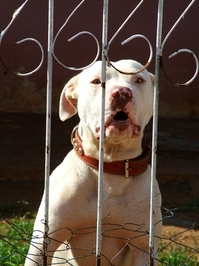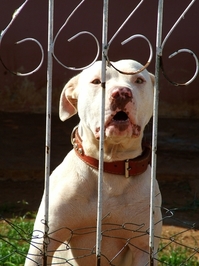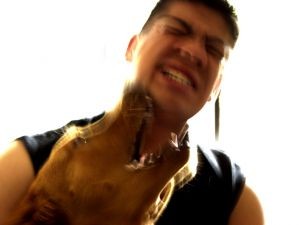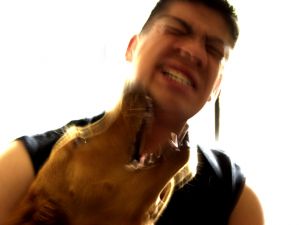
Yet another incident in the cabin of an aircraft has resulted in severe injuries and potentially permanent disfigurement to an unsuspecting passenger. But, unlike another highly publicized incident where a man was injured while being forcibly removed, Mr. Marlin Jackson suffered punctures to the lip and gum, and was missing large chunks of flesh from his face following a brutal attack by an emotional support dog accompanying a Marine veteran. The dog, a 4-year old, 50-pound Labrador retriever/pointer mix was permitted by Delta to sit on the Marine’s lap in the middle seat, next to Mr. Jackson, who was seated next to the window. The dog allegedly began growling as soon as Mr. Jackson took his seat, and before the plane could take off, the dog lunged at Mr. Jackson, pinning him against the window. According to reports, the dog was temporarily restrained but wrestled free from its owners control again, initiating a second wave of attack. The owner and the animal were then moved to another flight, where the animal was secured in a crate.
This incident raises questions about several sensitive issues. Following the extreme public backlash at United following the forced removal of a passenger, the major airlines are certainly going to be hesitant to take action that could result in similar backlash, and separating a Marine veteran from his service dog could certainly yield such a result. However, airlines have a duty to balance an over-abundance of caution with regard to public appearance with reasonable efforts to ensure passenger safety. Mr. Jackson, as an invitee (one who enters for a purpose relating to the owner’s interests or activities) was owed a duty by Delta to exercise reasonable care to prevent injuries caused by activities conducted on its property. In determining the reasonableness of the actions, courts will measure the actions against the “reasonably prudent person” under the same or similar circumstances. In this case, the “reasonably prudent person” will be other airlines, and applicable policies or procedures in the airline industry. Delta’s own policy on service animals states, “with larger service animals . . . we may need to re-accommodate you if the animal encroaches on other passengers or extends into aisles . . .” What constitutes a larger service animal remains unclear, but it is hard to imagine what animals wouldn’t constitute a large service animal if a 50-pound Labrador mix does not. Moreover, most airline cabins are hardly spacious enough to fit a small carry-on item under the seat, much less a 50-pound animal in someone’s lap. Thus, it is likely that the presence of the animal alone was sufficient to constitute an encroachment on the passengers on either side of the Marine veteran.
This incident begs the question of if the discretion granted to the airline crew is too broad, and if the crew has received proper training for making such determinations. The Delta policies are ambiguous as to what constitutes an encroachment or whether a passenger must complain about an encroachment before the animal is removed, leaving the airline crew with the discretion to make the determinations for each case individually. The theories of Delta’s liability for Mr. Jackson’s injuries are numerous, ranging from premises liability to negligence.
 Atlanta Personal Injury Lawyer Blog
Atlanta Personal Injury Lawyer Blog







